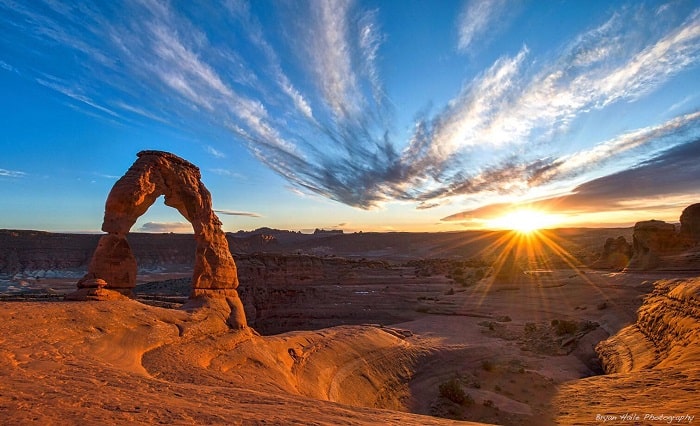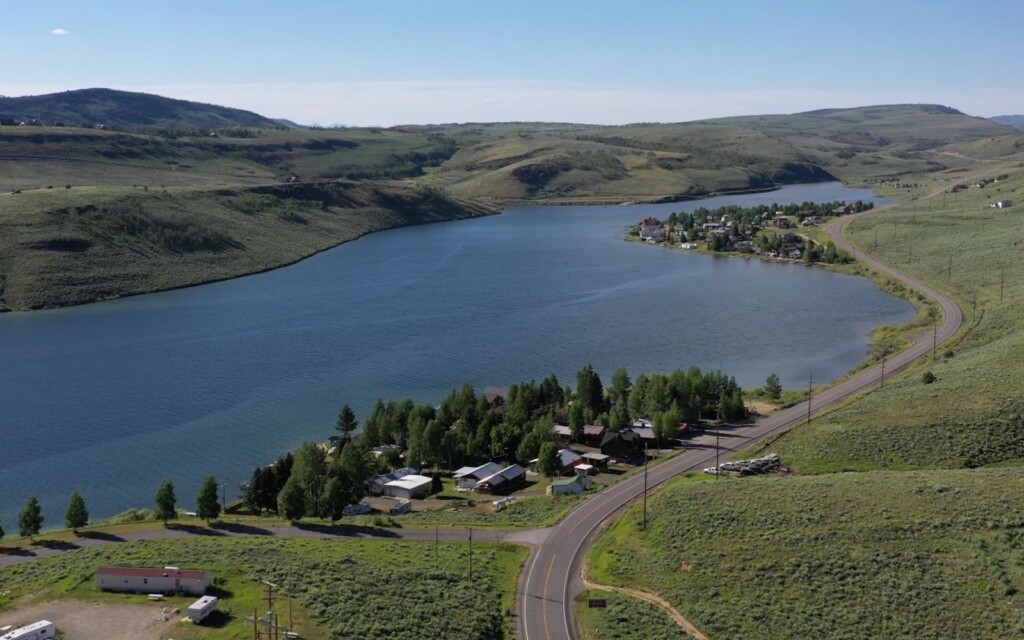
The arches of southeastern Utah are monuments to earth’s history; but how fragile are they and how long will they last? Arches, such as Delicate Arch, are delicate to different degrees depending on size, life cycle, composition, and material.
Utah Delicate Arches
Natural arches are formed from various types of natural materials such as shale, limestone, basalt, granite, and sandstone. The arch formations in southeastern Utah are carved out of Entrada Sandstone; which received its name from Entrada Point in southern Emery County where it is abundant. This rock is a mixture of sand and clay, and formations were deposited during the Jurassic period between 140 and 180 million years ago.
Tectonic forces pushed sedimentary materials together and bunched up the sandstone like a ruffled rug. The harsh, high desert hardened that sandstone; eventually, weaker points were carved out by wind, rain, ice, and snow, creating the arches we see today. It is because of this unique environment that Utah’s Colorado Plateau has the highest concentration of natural arches of anywhere in the world. There are over 2,000 arches in Arches National Park, and at least 800 outside of the park. It is believed there are hundreds of arches yet to be discovered.
“Our challenge is for visitors to experience this wonder at close hand while the natural process of sculpting continues unaffected by human contact,” says Terry Fisk of the National Park Service. “The Service has been working with the University of Utah for about 4 years to monitor and evaluate the structural health of several natural rock arches and bridges in Arches and Canyonlands National Parks. Once baseline data is available, changes can be evaluated.” Fisk said currently there is no data on how long arches will last.
All arches and natural bridges in Utah are experiencing their own unique point in their formative cycle; some are old/young, big/small, hard/soft, thick/thin. They are as unique as every human on the planet. When you get a chance to see Utah’s arches and natural bridges, savor their majesty, respect their beauty, and keep in mind that nature’s magnificent beauty is not always permanent.





